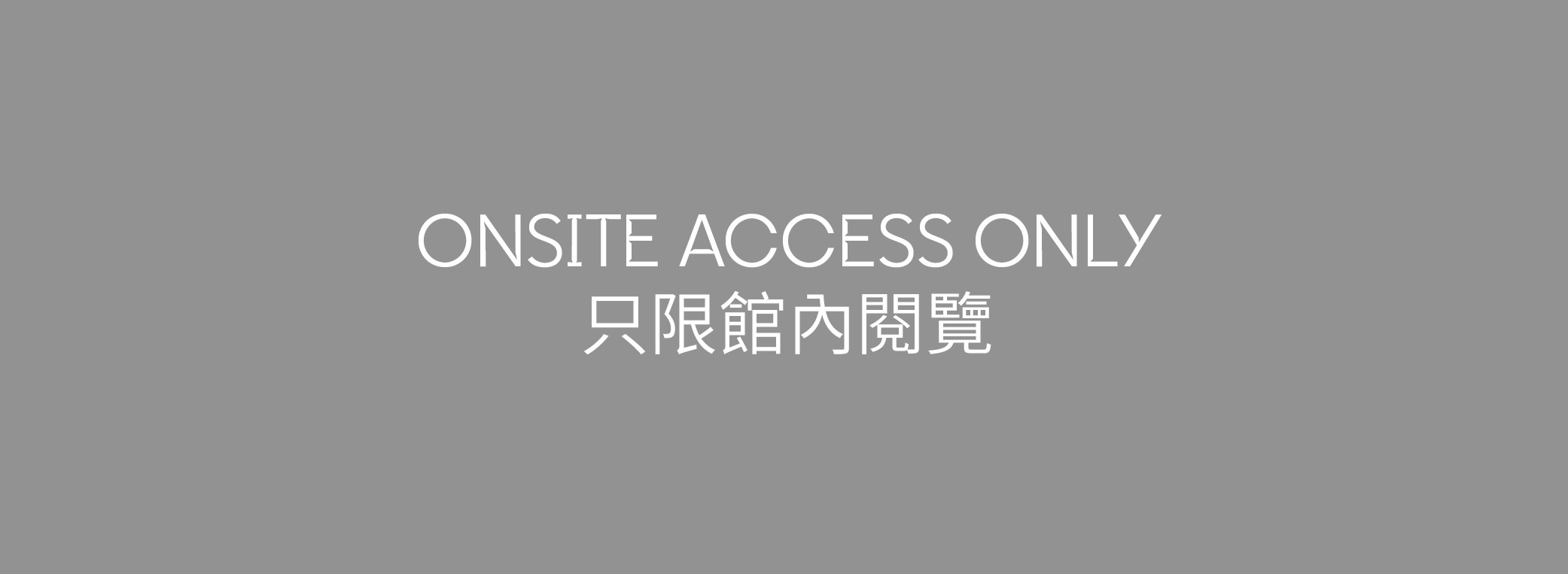Interview with Kurt Chan, 28 September 1998 (Part 1), 訪問陳育強,一九九八年九月二十八日(第一部份)

Interview with Chan Yukkeung Kurt by Leung Chiwo Warren
Through design, artist Chan Yukkeung Kurt became interested in art. He studied design at the First Institute of Art and Design, and then he continued his studies in the Chinese University of Hong Kong’s Department of Fine Arts. In 1984, Chan co-founded with his classmates an art group called U&V, which stands for Unity and Variety, and focused on printmaking. He felt that the University’s Fine Arts Department tended to be conservative, and lacked contact with the outside world, and the contemporary art scene in particular. To remedy this shortcoming, Chan regularly read art and culture periodicals from overseas when he was a student. He also took up the advice from sculptor Aries Lee and painter Liu Kuo-sung, who encouraged Chan to align art with his life. Thanks to Liu, moreover, many artists were encouraged to practise contemporary art, as the painter called for modernity in art (00:00–11:00). On the choice of materials, thanks to the thorough training at CUHK, Chan was confident enough to put different materials to use in his artworks (11:00–18:40). Participating in exhibitions, according to Chan, is a catalyst in the creative process, as it allows the artist to receive critical feedback from the campus community and the general public. He has also made many attempts at using different media (21:20–27:50).
Chan was also influenced by artists who returned to Hong Kong after studying abroad, so he went to Cranbrook Academy of Art to study painting. In the United States, he also became interested in other media besides painting. Although Chan thought about staying in the United States, he decided to return to Hong Kong. At the time, successful Chinese artists in America were far and few between, and he had faith in China as it began to open its doors and modernise (27:50–38:48). Compared to his sojourn in the United States, when he studied Western art, Chan devoted more of his time and effort to thinking about issues pertaining to traditional and modern Chinese art and culture in hopes of finding the cultural origins of his place in the world (43:50–46:00). Subsequently, Chan engaged more and more in mixed-media works, and the experience which he built from making observations on different materials and the production process turned out to influence his later works. He often thinks about ways to make mixed-media works more accessible and popular, and how they can stay relevant in people’s lives (50:45–55:40). Chan continues to explain the differences between mixed-media works and installation artworks, and their respective attributes (55:40–1:14:00).
此為梁志和與陳育強訪問之錄音
藝術家陳育強起初對藝術的興趣來自設計,曾在大一藝術設計學院修讀設計,及後進入香港中文大學藝術系。1984年跟同學組織名為 U&V (Unity and Variety) 的畫會,專注版畫創作。陳氏有感中大藝術系偏向保守及鮮跟外界特別是當代藝壇有接觸,故在求學期間已經常從外國文藝刊物上吸收資訊及知識,同時深受雕塑家李福華及畫家劉國松的影響,重視藝術與生活的連繫;而劉氏主張藝術的現代性則鼓勵了藝術家創作當代作品 (00:00-11:00)。在物料的選擇上,中大的多元訓練,造就陳氏對駕馭各種物料的技術及信心 (11:00-18:40)。陳氏又認為參與展覽是創作過程中的催化劑,能受益自校外的各方批評,也嘗試過很多不同媒介的創作 (21:20-27:50)。受到從外國學成歸來的藝術家影響,陳氏後來到美國鶴溪藝術學院修讀繪畫,對很多繪畫以外的媒介也很有興趣,並想過留美發展,但想到的華人藝術家在外國能成功的實在不多,加上當時正值中國改革解放,對國家抱有希望,故隨後決定回港發展 (27:50-38:48)。相比在美國學習西方藝術的時期,陳氏回港後思考的更多是關於傳統與現代中國文化和藝術,希望尋找自己地方的文化根源 (43:50-46:00)。其後,陳氏多進行混合媒介創作,而他對物料的觀察和在製作方面所累積的經驗,都影響著往後的創作;他也時常思考混合媒介作品如何做到普及和生活化 (50:45-55:40)。陳氏接著解釋混合媒介與裝置創作的分別和屬性 (55:40-1:14:00)。
Allocated
Onsite
Cantonese
interview documentation,
event photograph/recording
What does this mean?
This item is covered by one or more copyrights. It is available for research only or use within Hong Kong’s fair dealing rules. Please do not copy, re-use or reproduce this item without the permission of the copyright holder.